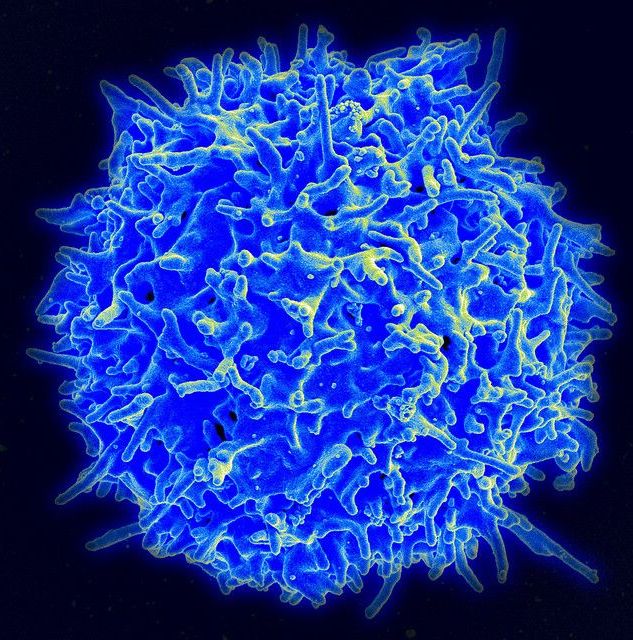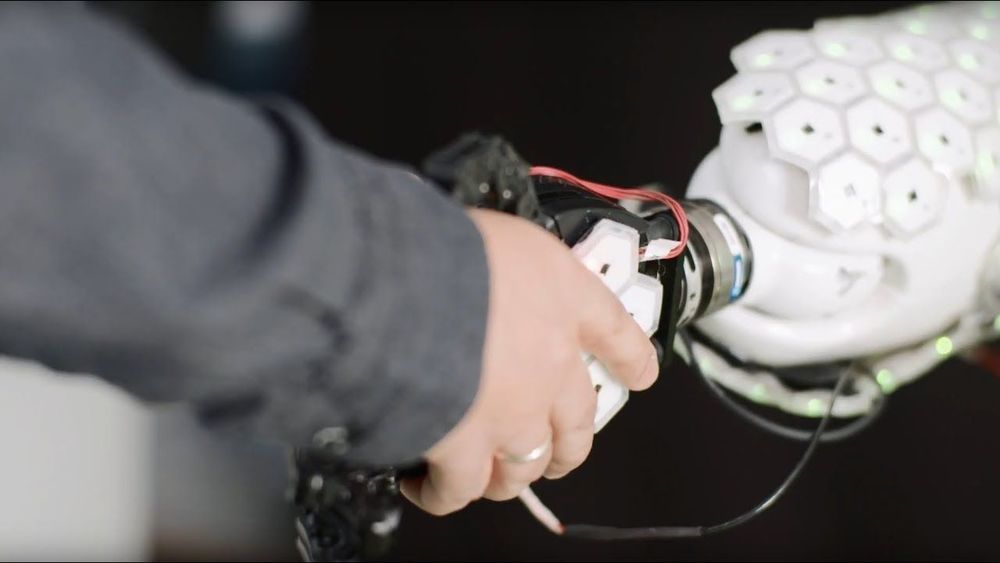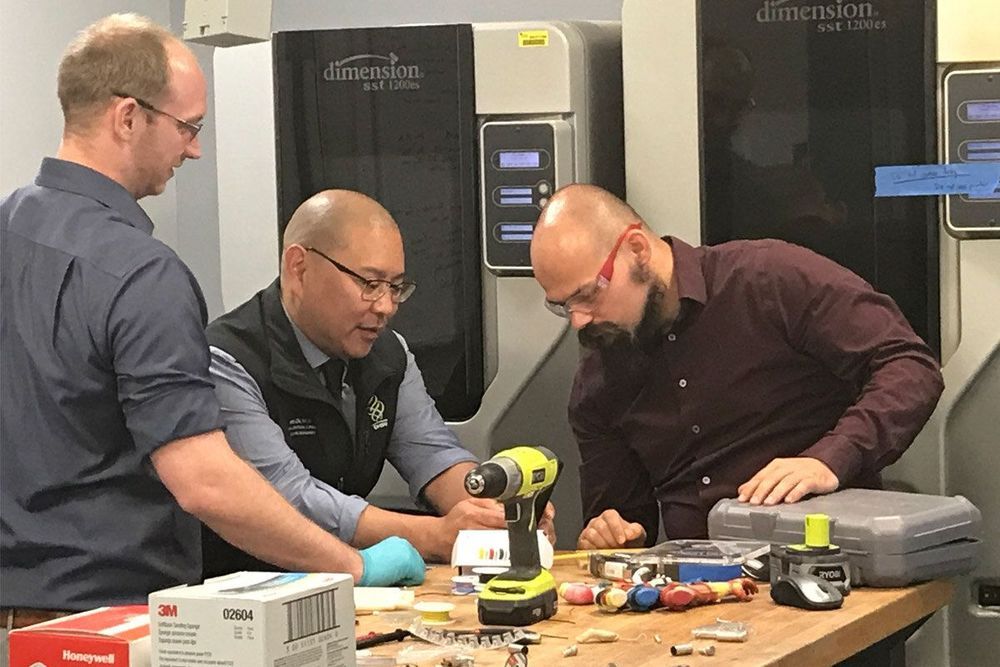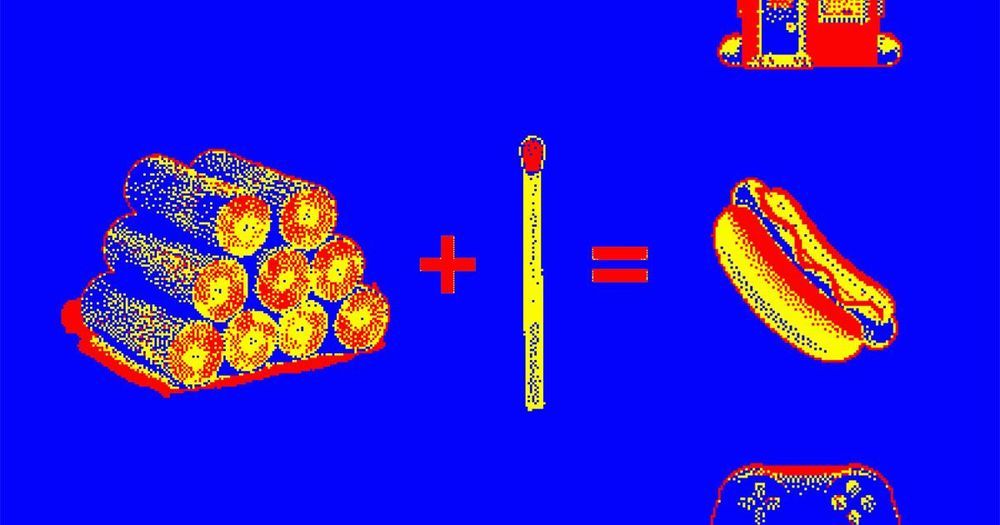May 1, 2020
Top Cleric at Iran’s Southern Khorasan Province, Alireza Ebadi: Humanity Must Fight the “Two-Legged Viruses” of Western Liberalism, Which Are Even Worse than the Coronavirus
Posted by Germen Roding in categories: biotech/medical, electronics
Islamic religious scientist points out a hidden existential threat, worse even than the SARS-CoV-2 virus: two-legged viruses that spread liberal democracy.
Iranian scholar Alireza Ebadi, Supreme Leader Ayatollah Ali Khamenei’s representative in the Southern Khorasan Province, said in a lecture that aired on Khorasan Jonoobi TV (Iran) on April 10, 2020 that the “virus” of Western liberal democracy is even worse than the coronavirus since it has caused the deaths and displacement of millions of people, two world wars, coups in various countries such as Iraq, the spread of cholera in Yemen, and Western intervention in Syria, Afghanistan, India, Pakistan, and elsewhere. Ebadi expressed hope that once humanity defeats the “pest” of the coronavirus, it will “make sure the greatest pests of all do not escape.” He added: “May God [save] humanity from [the] two-legged viruses.”


















